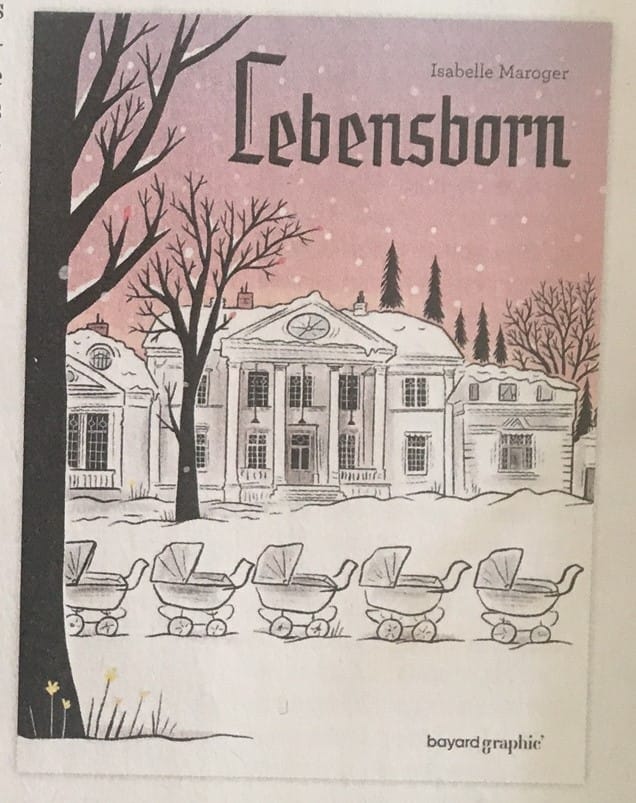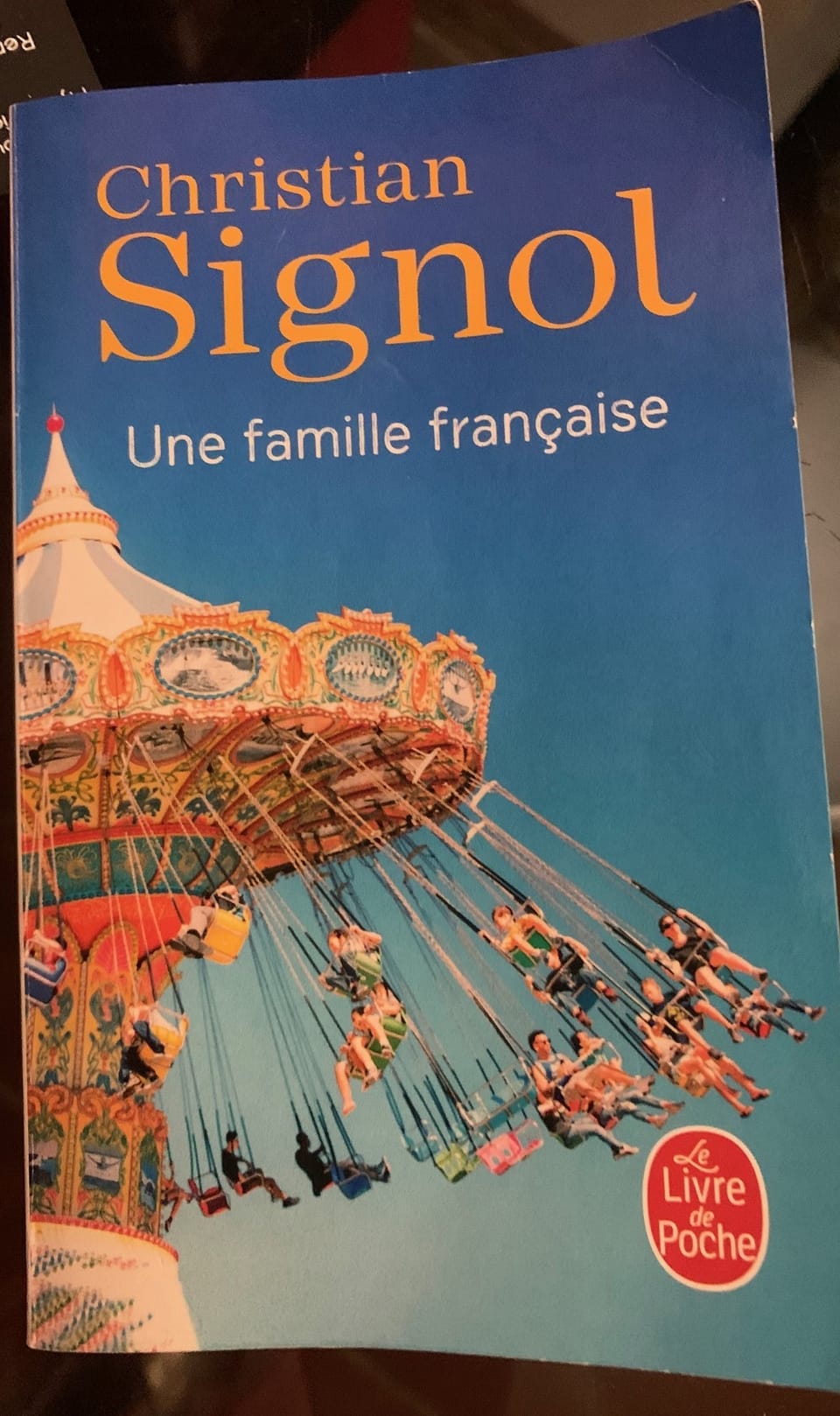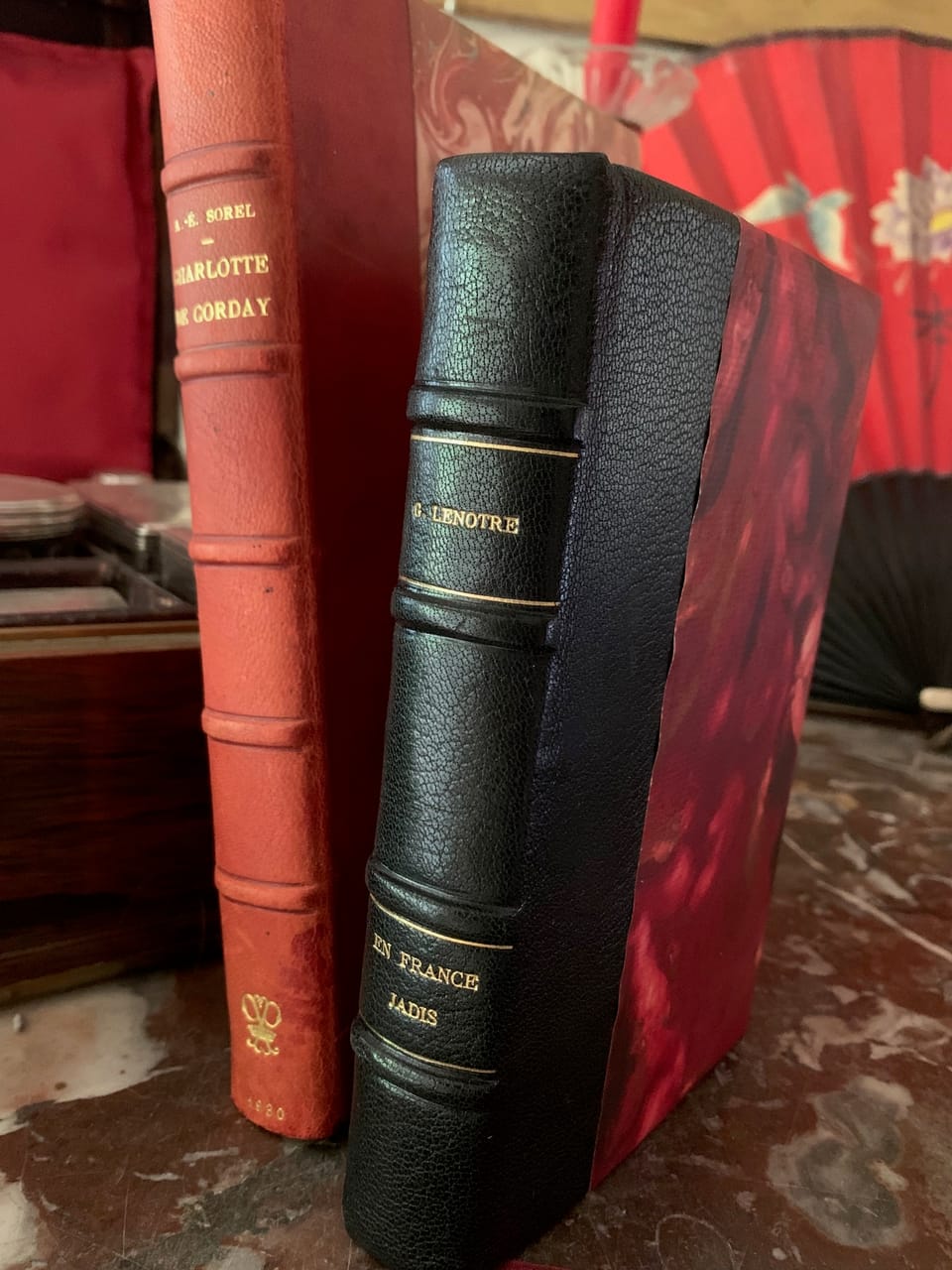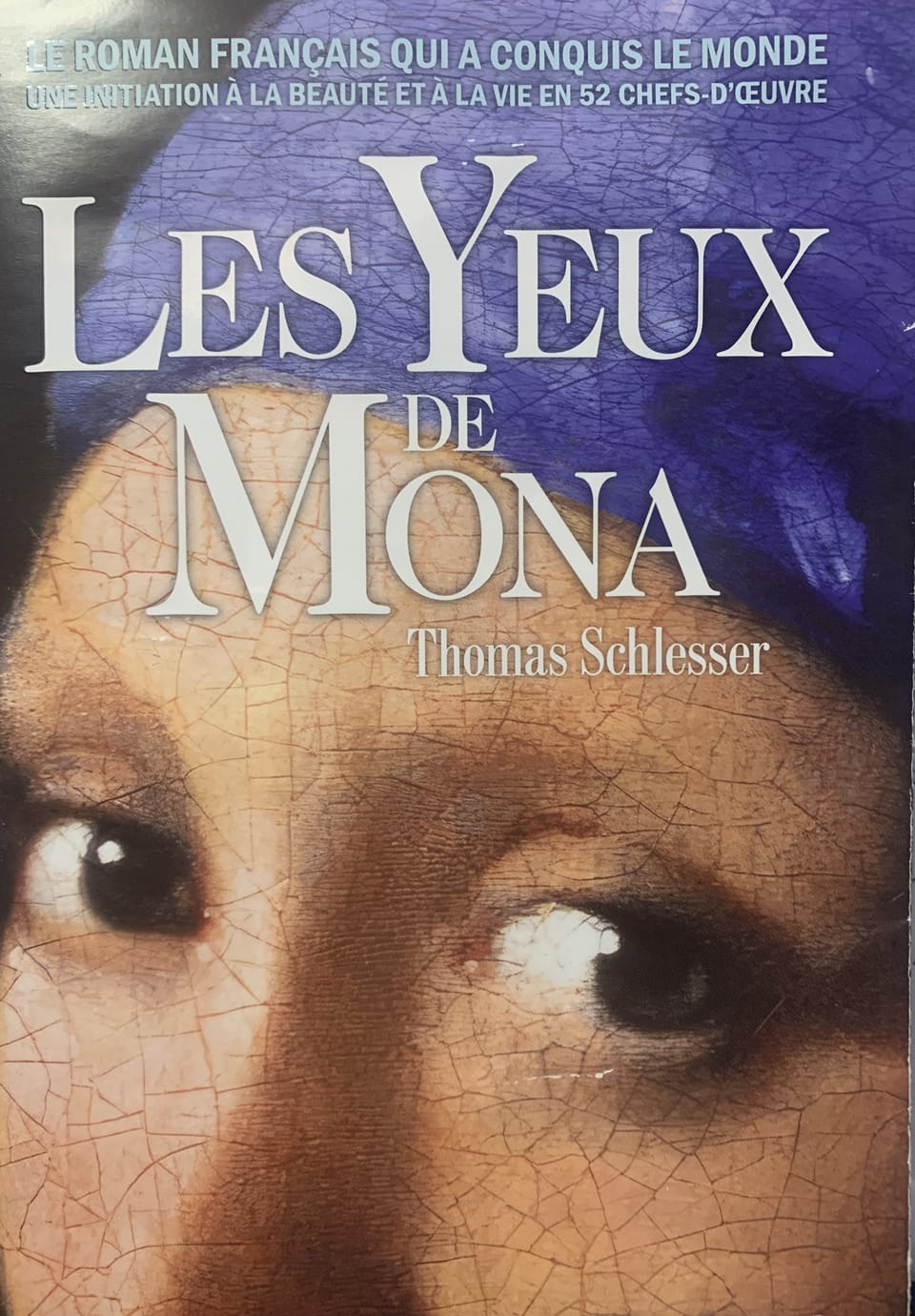Lebensborn d’Isabelle Maroger : redécouvrir un chapitre oublié de l’histoire de la seconde guerre mondiale

Beginner/Intermediate/Advanced
Parue en janvier dernier, Lebensborn, la bande dessinée d'Isabelle Maroger, aborde un chapitre méconnu et sombre de l'histoire avec beaucoup de doigté et de pédagogie.
Le projet de Lebensborn est né suite à une remarque apparemment anodine, mais profondément choquante, faite au sujet du bébé de l'autrice : « Être blond aux yeux bleus, ça devient rare comme race ». Ce commentaire, teinté d'une idéologie passée, a provoqué un véritable électrochoc chez Isabelle Maroger. Elle a ressenti le besoin de raconter l’histoire de sa grand-mère et de sa mère née dans une de ces maternités en Norvège.
Les centres Lebensborn étaient un instrument central dans la politique eugéniste d'Hitler. Créés pour encourager la croissance d'une « race aryenne », ces établissements représentaient le cœur de la propagande nazie en matière de pureté raciale.
Ce qui fait la force de Lebensborn, c'est la manière dont l'autrice parvient à rendre ce récit accessible et émouvant. Page après page, le lecteur se trouve entraîné dans une enquête familiale passionnante, où les personnages se dévoilent peu à peu.
Les dessins d'Isabelle Maroger, volontairement simples et presque enfantins, jouent un rôle essentiel dans la transmission de cette histoire complexe. Avec des traits doux et épurés, l’autrice parvient à éviter une représentation trop sombre qui pourrait rebuter certains lecteurs. Ce style graphique contraste habilement avec le sérieux du sujet, permettant ainsi au récit de rester accessible tout en conservant sa profondeur émotionnelle. Les visages expressifs, les couleurs apaisantes et la mise en page dynamique contribuent à créer une œuvre qui parle à tous, y compris aux plus jeunes, et ouvre une porte vers la discussion autour de cette période historique délicate.
À travers cette bande dessinée, Isabelle Maroger crée un espace où la mémoire individuelle rejoint la mémoire collective. En confrontant les tabous de sa propre famille, elle permet à chacun de réaliser l’importance de la transmission de l’Histoire, mais aussi de la nécessité de poser un regard critique sur le passé.
Lebensborn est une œuvre à mettre entre toutes les mains, aussi bien celles des adolescents qui découvrent l’Histoire que des adultes qui souhaitent la revisiter sous un angle humain et intime. Grâce à son approche douce et éclairante, Maroger transforme un épisode douloureux de l’Histoire en un récit d’espoir et de résilience, rappelant à quel point la mémoire est essentielle pour ne jamais laisser de telles idéologies ressurgir.
TRADUCTION :
Lebensborn by Isabelle Maroger: Rediscovering a Forgotten Chapter of World War II History
Published last January, Lebensborn, the graphic novel by Isabelle Maroger, tackles an obscure and dark chapter of history with a great deal of sensitivity and educational value.
The Lebensborn project was born out of a seemingly innocuous, yet deeply shocking remark made about the author's baby: "Being blond with blue eyes, that's becoming rare as a race." This comment, tinged with an outdated ideology, had a profound impact on Isabelle Maroger. It compelled her to tell the story of her grandmother and her mother, who was born in one of these maternity homes in Norway.
The Lebensborn centers were a central instrument in Hitler's eugenic policies. Created to encourage the growth of an "Aryan race," these establishments represented the core of Nazi propaganda regarding racial purity.
What makes Lebensborn so powerful is the way the author manages to make this story both accessible and moving. Page after page, the reader is drawn into a fascinating family investigation, where the characters are gradually revealed with all their complexity.
Isabelle Maroger's drawings, deliberately simple and almost childlike, play an essential role in conveying this complex story. With soft and refined lines, the author avoids a representation that might be too dark and potentially off-putting for some readers. This graphic style contrasts skillfully with the seriousness of the subject, allowing the story to remain accessible while retaining its emotional depth. Expressive faces, soothing colors, and dynamic page layouts contribute to creating a work that speaks to everyone, including younger readers, opening a door to discussing this delicate historical period.
Through this graphic novel, Isabelle Maroger creates a space where individual memory meets collective memory. By confronting the taboos of her own family, she allows everyone to realize the importance of transmitting history, as well as the need to cast a critical eye on the past.
Lebensborn is a work to be put in everyone's hands, both those of teenagers discovering history and adults wishing to revisit it from a human and intimate perspective. Thanks to her gentle and illuminating approach, Maroger transforms a painful episode of history into a story of hope and resilience, reminding us of how essential memory is to prevent such ideologies from ever resurfacing.




